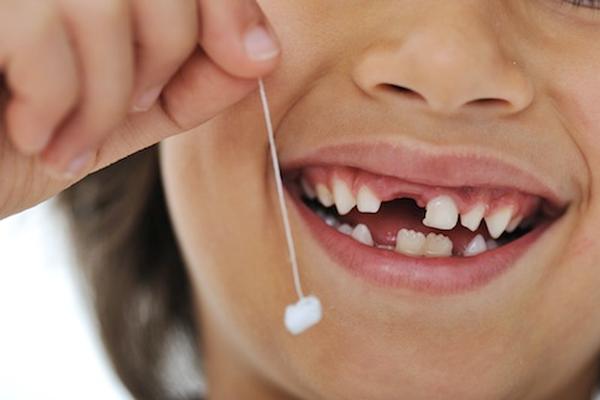To Pull or Not To Pull?!
By Brianne Jones, RDH
Should You Pull Your Child's Loose Tooth?
A loose tooth! It's just another rite of passage in your child's smile journey. You may be tempted to pull it out.
Here's what you need to know before you do.
Why do teeth wiggle?
A loose baby tooth typically means a permanent tooth is right behind it. As the permanent tooth takes over the roots, it forces the baby tooth to dissolve, loosen, and finally fall out.
Your child's tooth may also wiggle after a fall or face injury. If you suspect your child's tooth is loose because of trauma, follow these tips and call our office.
Children generally lose their primary teeth in the same order they first erupted. Front teeth usually go first when a child reaches age 6 or 7. If the timing seems off, or your child is losing teeth out of order, talk to your pediatric dentist.
To pull or not to pull?
Many parents wonder if they should pull their child's loose tooth. It depends on a couple of things. If your child is one of those kids who doesn't want you anywhere near his teeth, mouth or face, leave it. The tooth will eventually fall out on its own.
On the other hand, if your child wants your help, gently touch the tooth. Don't tug on it if it's barely wiggles or if your child feels pain. The tooth is still rooted and not ready to be removed.
If it wiggles more than grandma's favorite Jell-O, wrap the tooth with a tissue and squeeze. The tooth should fall out easily.
Here's the best scenario, though, according to the American Academy of Pediatric Dentistry. Encourage your child to wiggle the tooth with his or her own fingertips or tongue until it comes out. Your child will experience less pain and bleeding. Plus, they'll feel like a superhero, leaving you to get ready for the tooth fairy.
